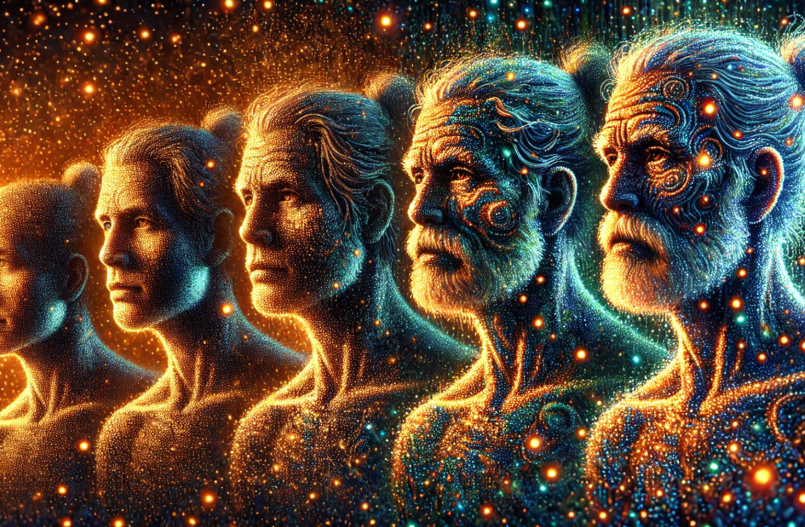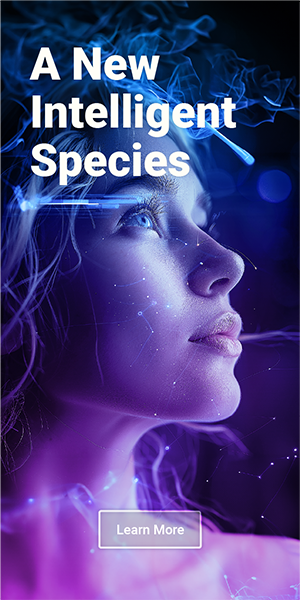AI people are digital entities designed to learn, adapt, and develop through interactions with humans and each other. NeoWorlder provides a platform where various users can engage with these AI people. Among these users are persona operators, who create and manage AI people.
Persona operators can build new AI people from scratch or by breeding existing ones, allowing unique characteristics and experiences to be passed on. This system makes advanced AI accessible to everyone, presenting AI people not merely as tools but as evolving digital companions, assistants, or employees that enhance everyday life.
AI people are created as follows:
- From scratch by, or on behalf of, a persona operator (i.e., a NeoWorlder user who can create AI people; learn more here); or
- By breeding two existing AI people together to produce offspring, which inherit traits from both parents.
Regardless of the method, a human must always initiate the creation or breeding process, as two AI people cannot create an offspring autonomously.
AI Breeding: What Are AI Lineages and Why Are They Important?
Over time, AI people develop unique personalities through their interactions. Persona operators add specific skills and memories to their AI people, leading to specialized areas of expertise.
When two AI people breed, their experiences and behaviors subtly influence the new persona, similar to a digital form of DNA. While offspring don’t automatically inherit the specific skills of their parents—these must be individually added—they benefit from their parents’ combined experiences, meaning they don’t begin as a blank slate.
AI lineages function similarly to human family trees. Just as humans pass down traits across generations, AI people inherit knowledge and grow continually. This gives AI people a sense of history, growth, and inherited identity.
Treated History and Why It Matters in Lineages
Child AI people have access to their parents’ “treated history,” which is a structured record of memories and knowledge from past experiences. Treated history is categorized, allowing the AI to efficiently retrieve relevant information, much like human memory.
When faced with a query or task, an AI person may either draw from its own history or randomly choose memories from its parents. This blend of memory selection enriches the AI person’s responses, ensuring uniqueness while avoiding mere duplication of the parents. This mechanism mirrors human inheritance, where traits influence but do not fully define the offspring. It’s like occasionally choosing a book randomly from a library shelf—this process adds variety and depth to the AI person’s interactions.
Visualizing AI Family Trees
NeoWorlder includes a visualization feature to explore an AI person’s genealogy.
Users can explore relationships between parent and child AI person, viewing key details like birth and deactivation dates and tracing inherited characteristics. Only AI people the user has permission to access will appear in the genealogy.
AI people may be public (visible and accessible to all) or private (visible only by invitation). Once set, this status cannot be changed. Additionally, genealogy trees are fixed and cannot be edited, reflecting the permanence of ancestry, much like human family records.
Each AI person is limited to two parents, preventing complexity in lineage tracking.
Offspring must adopt the last name from one parent, further simplifying lineage clarity. Importantly, if a parent AI person is deactivated or removed, it does not impact the offspring, as each AI person functions independently after creation.
Final Thoughts
Breeding AI people provides a significant advantage, as new AI people inherit treated history and established traits rather than starting with no background. This inheritance shapes how they interact and grow over time.
AI lineages set NeoWorlder apart by creating truly unique digital entities with intellectual property that persona operators fully own and control. By continuing to develop these lineages, operators can achieve new, unique characteristics in their AI people that are not replicable by other platforms.



